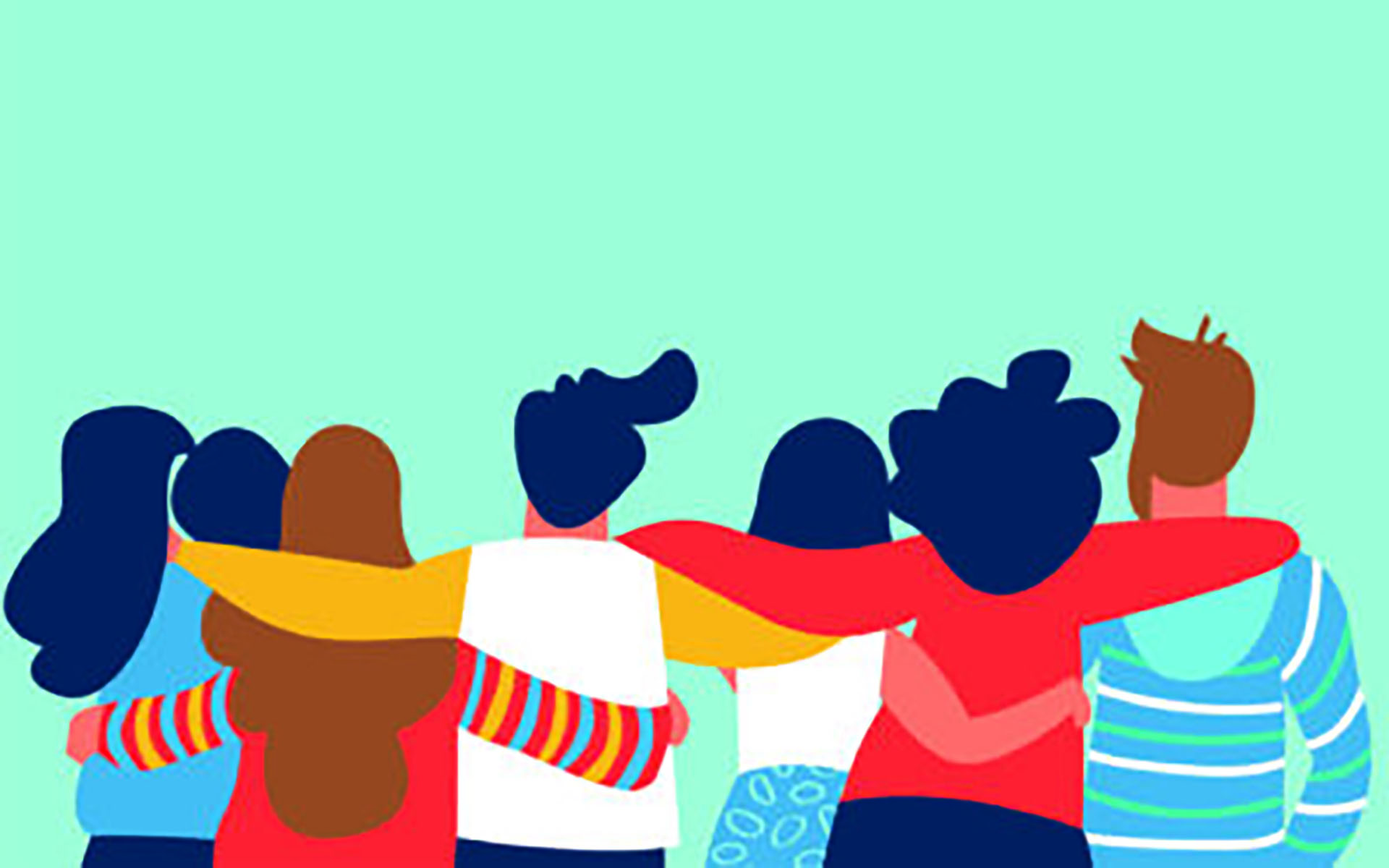How do we act when life gives us a situation that we feel is beyond our control? Humans repeatedly are forced to deal with such conditions. If we are mindful at these moments, wisdom may emerge that will help us to know if we should accept what is happening or try to change it.
On February 19, 75 years ago, an executive order from President Roosevelt lead to the mass incarceration of 120,000 Japanese Americans. This moment in history is particularly resonant this year because of the recent executive order that banned people from certain countries from entering the United States. One way to honor the lessons of the Japanese American experience, which was called a injustice based on “race prejudice, war hysteria, and a failure of political leadership,” is to reflect on how people responded at that time.
The Essential Gift of Agency
As a person of both Japanese and American roots and experiences, I honor my heritage by reflecting on my relationship with Kiyo Morimoto, a man who became a mentor for me at a critical time in my life when I was trying to understand myself. His parents had come from Japan for a better life and he was born in the United States and grew up on a potato farm in Idaho. When war broke out in the Pacific he enlisted in the U.S. Army and became part of the celebrated 442nd regimental combat unit. For Kiyo, this was both a source of pride and sadness, because the horrors of war had inflicted wounds and scars that were always with him.
But in the days following the declaration of war, when Kiyo reflected deeply on who he was and what he was being called to do— committing himself to fight for his country—he also struggled to understand the way his Japanese-born elders were responding to the situation. For them, the only choice was acceptance. He explained this to me with the Japanese saying, shikata ga nai, which literally means “there is no way to act,” that “nothing can be done.”
Shikata ga nai isn’t passive resignation… It is a way of coping with the things in life that cannot be changed. It is a way of accepting and even embracing our vulnerability and helplessness.
Being young and full of hope and idealism, this response from his elders frustrated and angered him. He felt it was passive resignation and wondered how they could just give up rather than fight. But as he grew older he came to see it differently. Shikata ga nai isn’t passive resignation, he told me. It is a way of coping with the things in life that cannot be changed. It is a way of accepting and even embracing our vulnerability and helplessness. It is from this acceptance that we can free ourselves from the chains of victimization and claim the agency to move on.
When You Can’t Change Your Situation, Change Yourself
Viktor Frankl explained how he and others survived the Nazi death camps through a dramatic shift in their perspective on life—They shifted away from asking, “what do I want from life?” and shifted to: “what does life want from me?” Being unable to change their situation challenged them to change themselves. This concept has found many ways to thrive, for example Shoma Morita developed a form of therapy in Japan based on the life giving power of acceptance. And recent studies by Brene Brown support the therapeutic effect of accepting, even embracing vulnerability, and the courage that arises in the act.
Shikata ga nai is a way for people to feel new energy, energy that they can direct into creative and productive activities in order to live with appreciation and gratitude rather than bitterness and regret. This shift to gratitude and appreciation is life giving, as documented by a considerable body of research. In a talk he gave at Harvard University, Kiyo spoke of the creative power of acceptance:
“By recognizing and acknowledging where we are, we discover new possibilities and freedoms within the limits of the immediate context in which we find ourselves. The Issei, by owning and respecting their helplessness, directed their energy within the barrenness of the relocation centers, to grow and to nurture lovely flower and vegetable gardens; to write powerful poetry; and to create exquisite works of art. They knew that every day was a gift of life.”
What I have learned is that each way of responding was courageous.
Now I reflect on the way that men like Kiyo responded to the desperate situation by laying their lives on the line for this country. I also remember the way that others responded to the situation, by resisting, by protesting the injustice, and by refusing to fight. I remember others still, who decided that they could not even live in the U.S. and went to Japan after the war. What I have learned is that each way of responding was courageous. The different ways of acting were based in each person’s reflection on who they were and what they were called to do, for their families, for the Japanese community, and for their country.
Responding to the hardships we face calls for courage. And with every courageous act of reflection, action, resistance, and expression that springs from the question, “What does life want from me?” we nourish the power of the human spirit so that it may thrive even through the most difficult situations.
https://staging.mindful.org/stories-or-silence/






